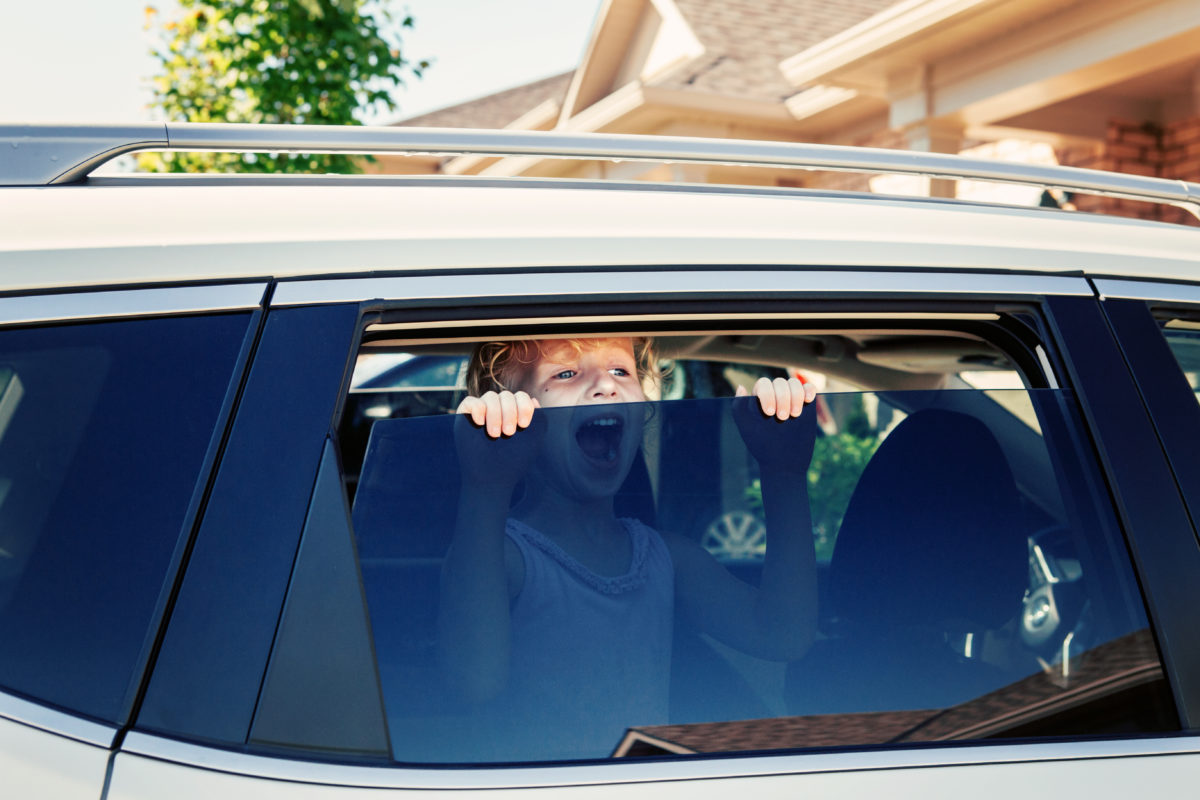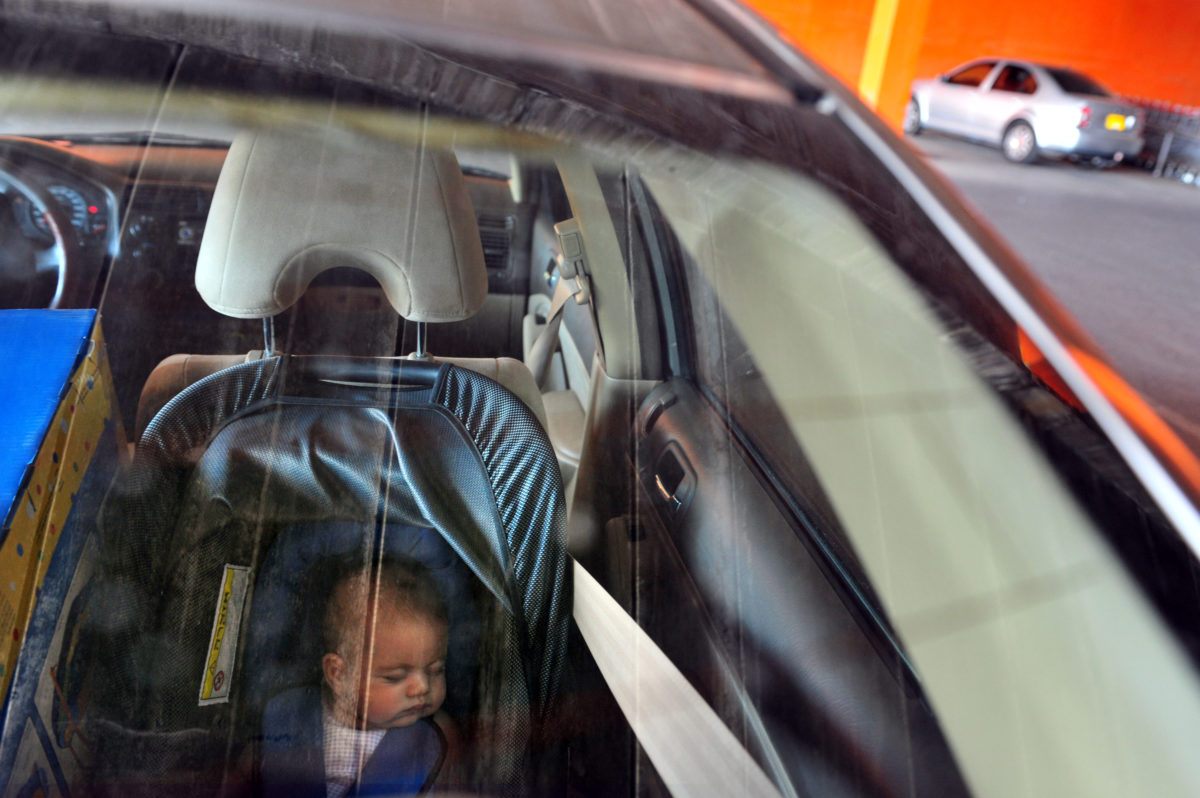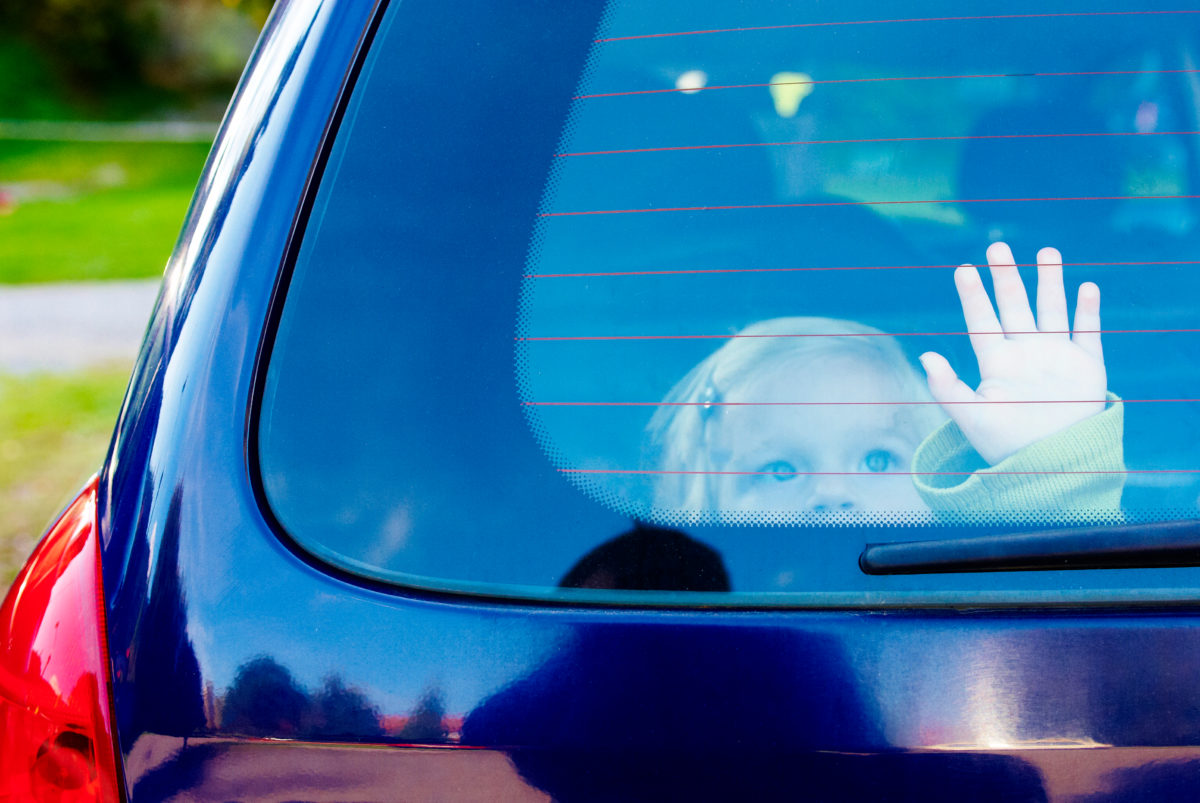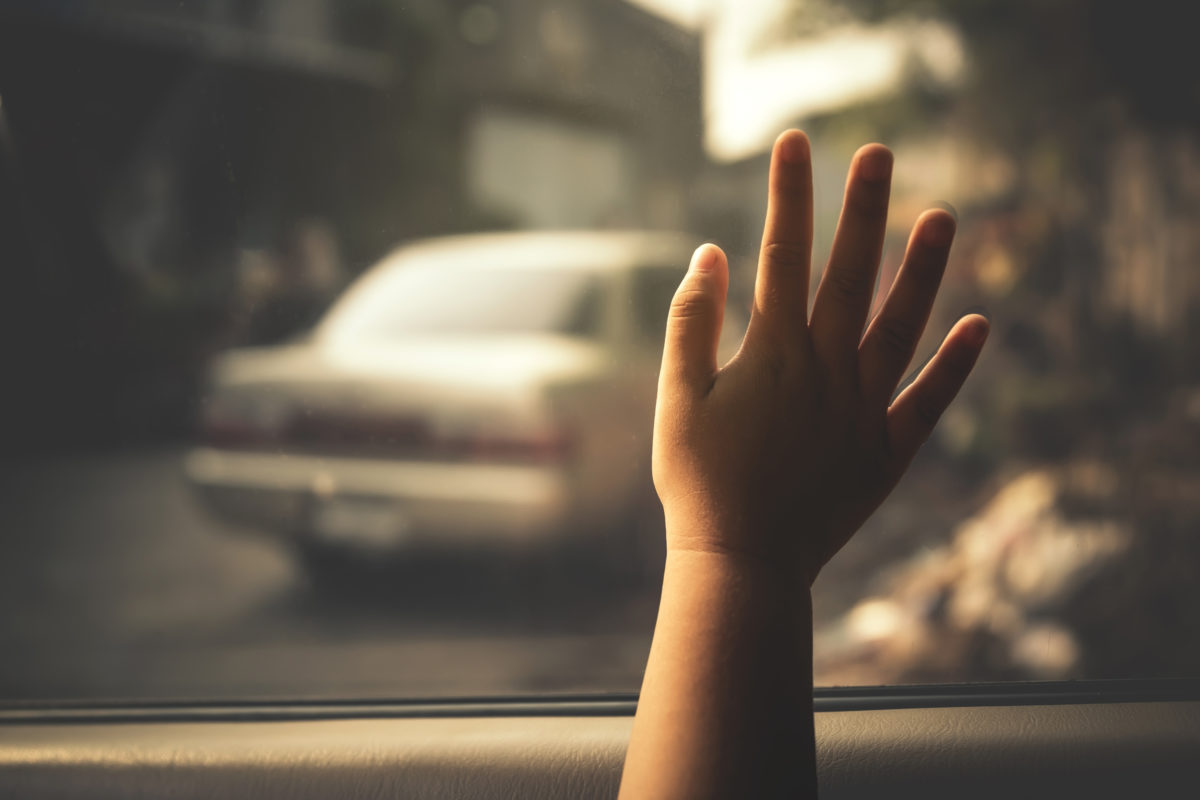While hot car deaths usually increase in the summer months, experts warn parents that they can happen at temperatures that may be lower than people expect.
“Heatstroke can happen when the temperatures are as low at 57 degrees outside, and a car can heat up by 20 degrees Fahrenheit in just 10 minutes,” Dr. Kira Sieplinga, a pediatric hospitalist at Helen DeVos Children’s Hospital in Michigan, told TODAY Parents.
If You See A Child In A Hot Car, What Should You Do? One Doctor Explains

“There’s really not a safe amount of time to leave a child in the car,” Sieplinga added. “And children can heat up about three to five times faster than adults.”
According to the National Safety Council, 38 children in the U.S. die in hot cars each year on average since 1998. In the recent past, however, the United States saw record numbers of hot car deaths.
In both 2018 and 2019, 53 children died in hot cars — “historic highs,” according to Amy Artuso, who is a senior program manager of mobility safety at the National Safety Council. In 2020, 25 children died in hot cars, and 23 died in hot cars the following year. Artuso said fewer people commuting to work and daycare during the pandemic might have led to the lower numbers.

“(It) typically is not with malintent. That is, more often people think they’re just going to run a quick errand and they don’t realize that children are three to five times more susceptible to heat-related illness as adults, that their bodies don’t cool as quickly as adults,” Artuso told TODAY Parents. “These deaths have occurred in every month of the year. It’s not just a warm weather month issue.”
And it should be noted that leaving the windows open cannot help children, who heat up faster than adults do.
“They can’t handle that change in temperature,” Sieplinga said. “The biggest risk of death occurs when kids are getting overheated.”
Sieplinga adds that while people assume that hot car deaths occur mostly in the south, children have died of heatstroke in cars in every state.

RELATED: Mom Sent Texts Threatening To Kill Baby And Herself Before 6-Month-Old Hot Car Death
“Even those of us who are in northern climates, like Michigan, we still have warm days,” Sieplinga said. “That greenhouse effect can really increase the temperature inside the cars.”
Experts first recommend trying to find the owner of the car. If the car is at a grocery store or mall, people might want to go inside and ask for an announcement to be made to find the car’s owner. And if the car is on a street, people could ask other bystanders if they saw where the owner of the car went.
However, if you are unable to locate the owner, folks should call 911 and consider attempting to get into the vehicle, especially if the child not responsive.

“There are 21 states that have unattended child laws and there are even more states that have Good Samaritan laws,” Artuso said. “In this situation, we want to encourage people to take action even if that does mean breaking a window to get the child out.”
To which Sieplinga agreed.
“We still have a responsibility if we see a child unattended in a car,” she said. “You really should tell 911 that it could be an emergency and let them know what’s going on and then consider getting the child out of the car — especially if they’re not responsive.”
After moving their child out of a hot vehicle, be sure to assist in cool the child off and get them into a shaded or cooler place.
“Spray that child with cool water or use a cool wet rag to cool them down if you do feel the child is at risk for heatstroke, and stay with them until help arrives,” Sieplinga advised. “Don’t use ice because that puts them at risk for frostbite or injury.”

RELATED: 4-Year-Old Locks Himself In Family Vehicle, Becomes First Hot Car Death in 2020
Children who go to the hospital for heatstroke usually require a cool environment and IV fluids to help hydrate them. Parents should seek help for children parents suspect might have heatstroke if they notice any of the following symptoms, including:
- Acting confused
- A change in mental status
- Acting lethargic and disoriented
- Being lightheaded or dizzy
- Complaints of visual changes
- Headaches
The National Safety Council offers a free online course that takes about 15 minutes to complete and provides education on hot cars and children.
“It’s important for everybody to become more familiar with the situation because 100% of these deaths are preventable,” Artuso said. “It’s just raising awareness that it can happen to anyone.”
Mamas Uncut is THE online place for moms. We cover the latest about motherhood, parenting, and entertainment as well – all with a mom-focused twist. So if you're looking for parenting advice from real parents, we have plenty of it, all for moms from moms, and also experts. Because, at the end of the day, our mission is focused solely on empowering moms and moms-to-be with the knowledge and answers they’re looking for in one safe space.
